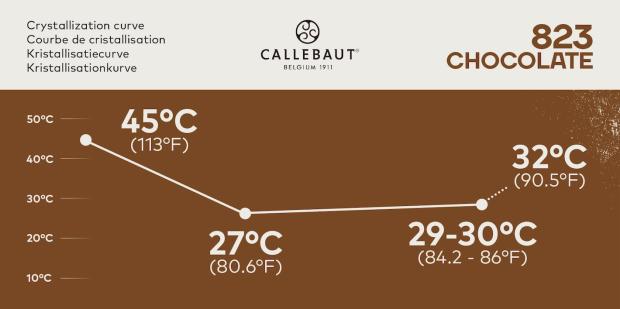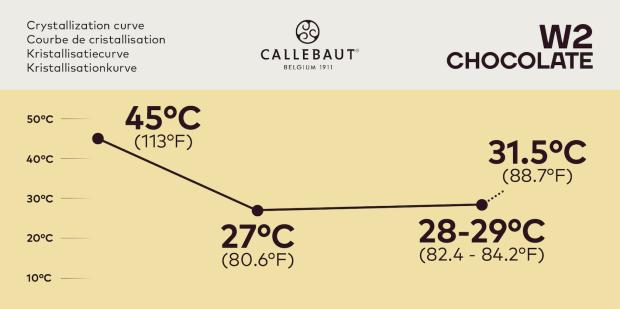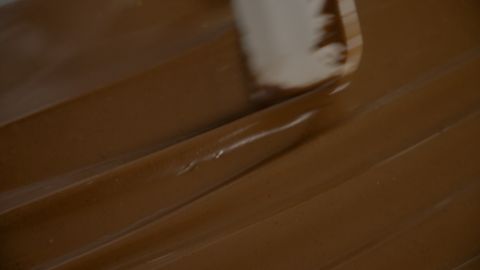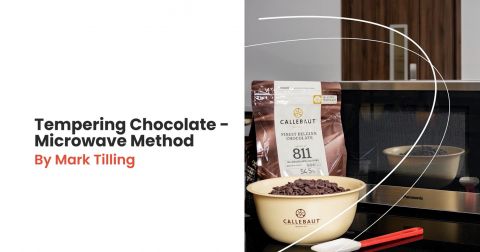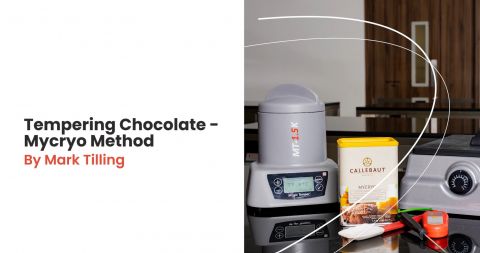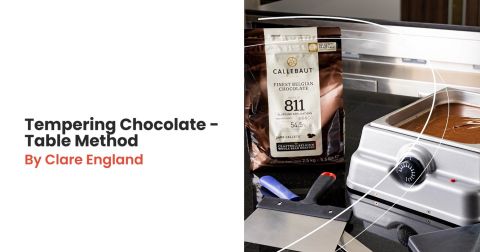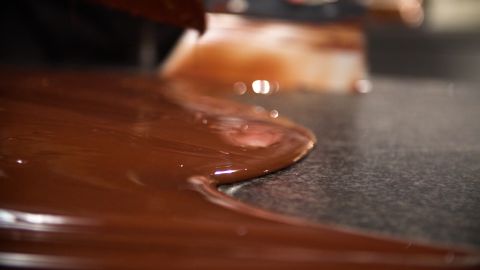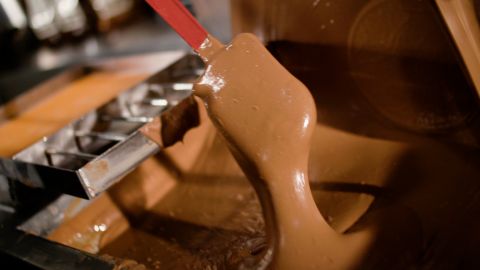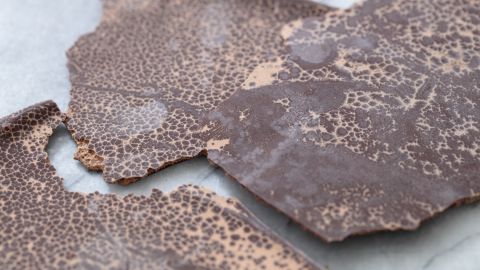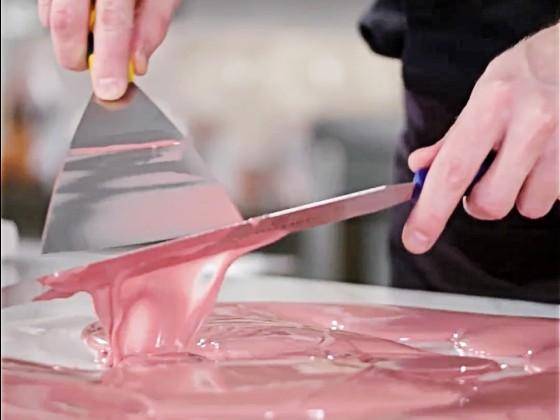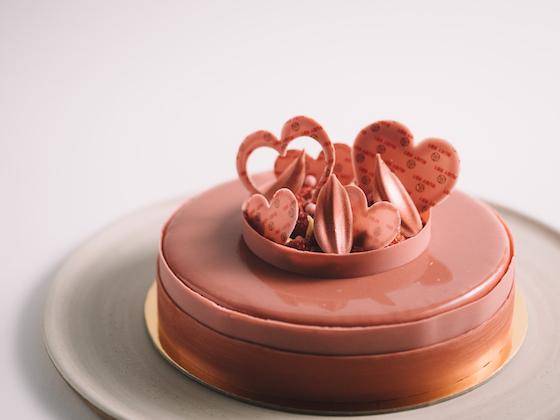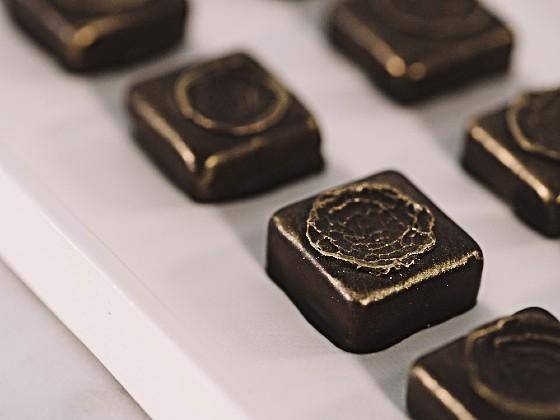Guide to Different Tempering Methods
Guide to Different Tempering Methods
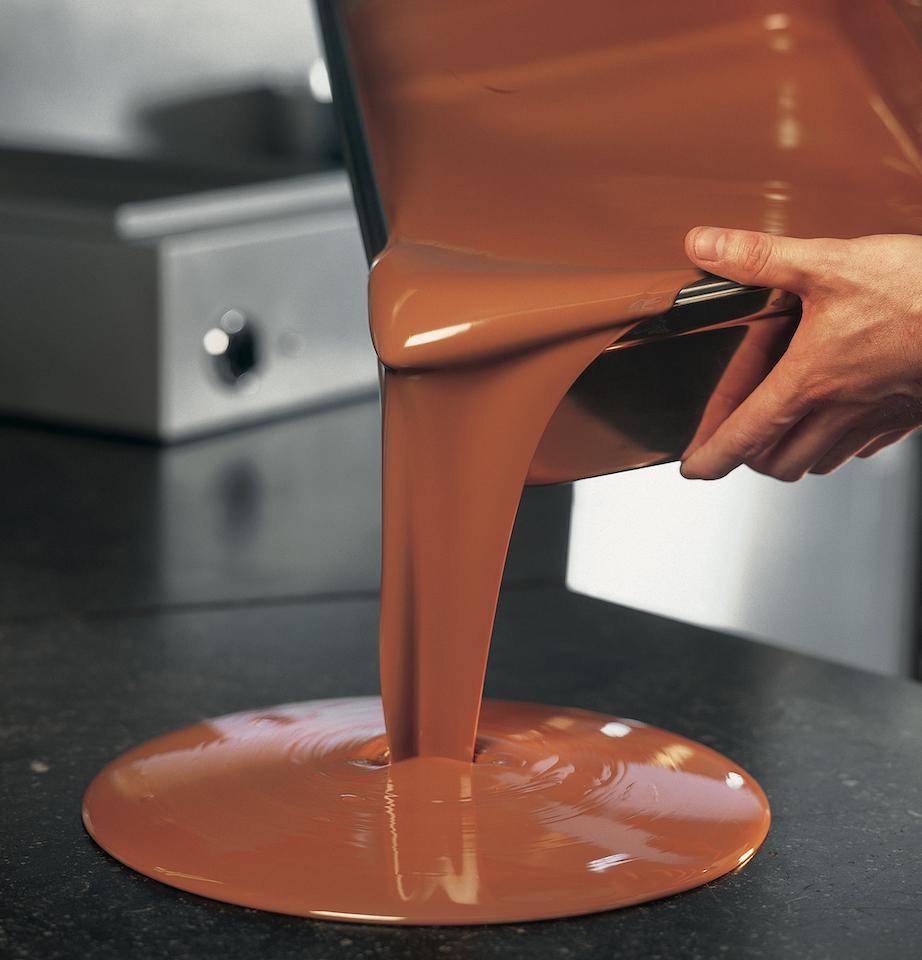
Tempering chocolate is pre-crystallizing the cocoa butter in chocolate. It ensures the chocolate will become hard and shiny during cooling. Good tempering also guarantees that molded chocolate products can be easily removed from the molds after cooling.
An overview of the crystallization process:
- Melt the chocolate to a temperature between 40° and 45°C.
- Bring down the temperature of the melted chocolate using your preferred method until it reaches the lowest temperature on the curve or until it begins to thicken, depending on your chosen method.
- The third temperature indicates the proper working temperature for the chocolate. You may wish to use a slightly higher or lower temperature depending on your application; this is why a small temperature range is indicated.
- Always test your chocolate before beginning your project by taking a small sample and verifying it has been properly crystallized.
- Do not allow the chocolate’s temperature to rise above the final temperature indicated on the curve.
Crystallization Curves for the 5 Colors of Chocolate
| Chocolate | Melt to | Cool to | Warm to | Max Working Temp |
| 823 Milk Chocolate | 45°C/113°F | 27°C/80.6°F | 29-30°C/84.2-86°F | 32.5°C/90.5°F |
| 811 Dark Chocolate | 45-50°C/113-122°F | 27°C/80.6°F | 31-32°C/87.8-89.6°F | 34.5°C/94.1°F |
| W2 White Chocolate | 45°C/113°F | 27°C/80.6°F | 28-29°C/82.4-84.2°F | 31.5°C/88.7°F |
| Ruby Chocolate | 45°C/113°F | 27°C/80.6°F | 28.5-29.5°C/83.3-85.1°C | 32°C/89.6°F |
| Gold Chocolate | 45°C/113°F | 27°C/80.6°F | 28-29°C/82.4-84.2°F | 31.5°C/88.7°F |
Introduction to tempering
Chef Russ Thayer offers an in-depth look at what happens during the crystallization process in the video below.
The Seeding Method
For many chefs, this is the method of choice when they need to temper a small to medium amount of chocolate.
The Microwave Method
Also referred to as the "direct method," this is another great way to temper a small amount of chocolate.
The Mycryo™ Method
Have you been wondering how Mycryo™ works? Chef Mark shows you step by step.
The Table Method
Tempering on a tabletop is "old school" and very impressive. It's great for demos and continues to be popular with chefs.
Troubleshooting
Is your chocolate streaky? Are your bonbons stuck in the mold? Will your chocolate products not harden? The culprit may be improper tempering.

